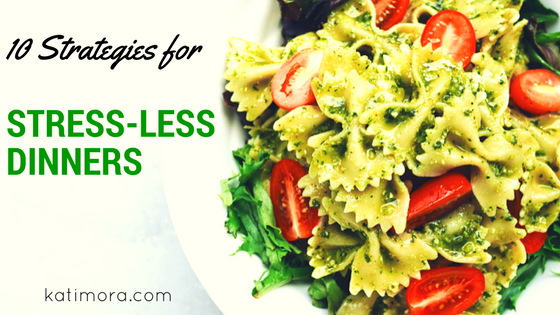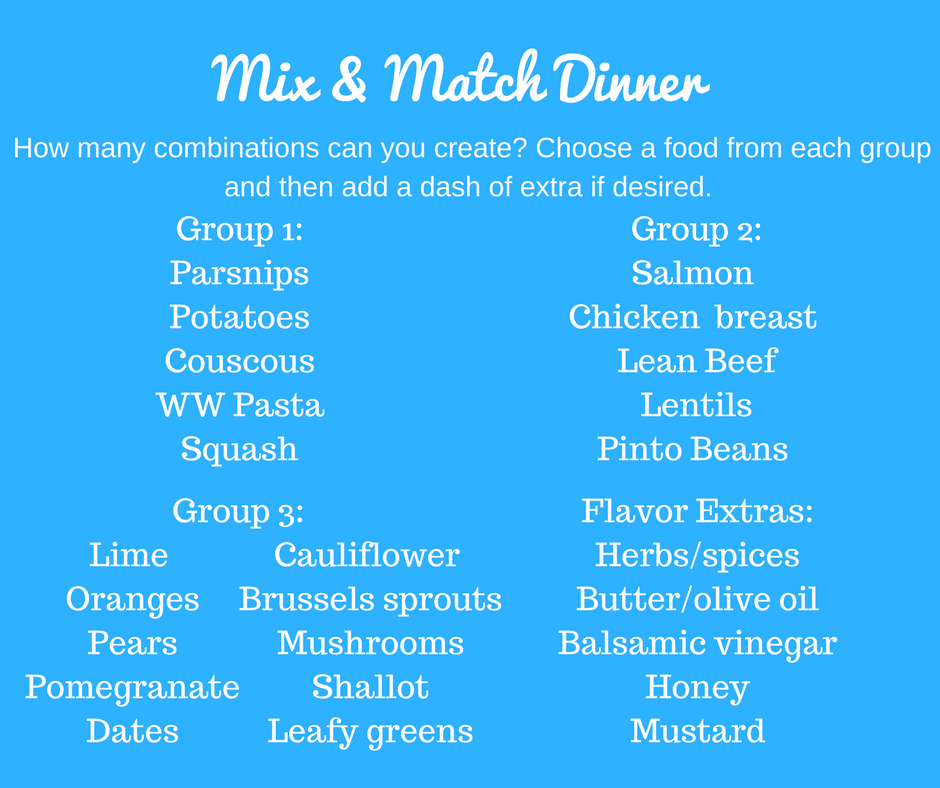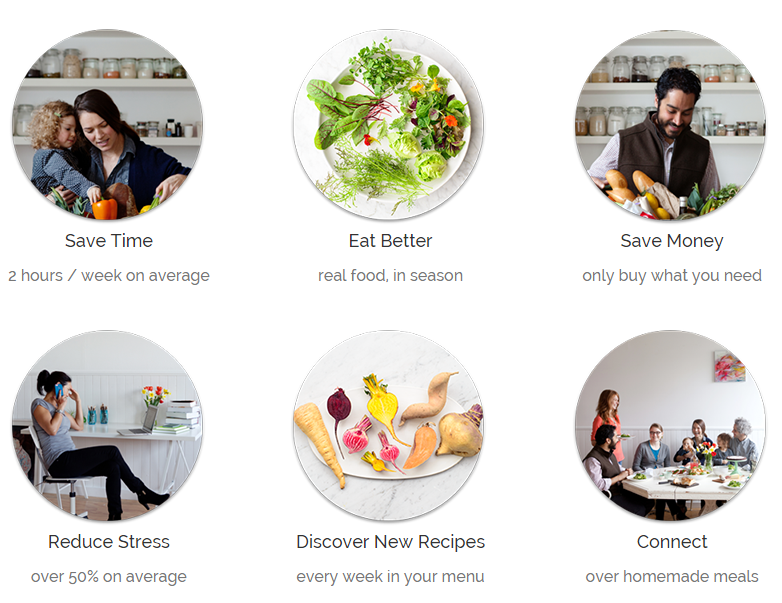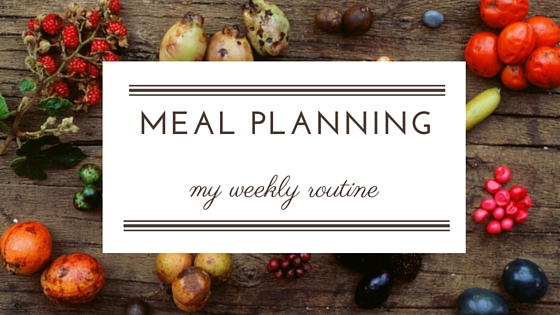I look forward to dinner with my family every night. It’s one nonnegotiable in our schedule. But believe it or not, it’s not necessarily the most peaceful part of my day nor is it even my most peaceful meal. Dinner, for my family, is often crazy and chaotic and I’m not alone.

Many of the individuals I work describe their dinner time meals in the exact same way. And let’s face it, dinner is often challenging! Not only are we short on time, but we often have multiple people weighing in on what to eat or being easily distracted by the world around them. Not to mention the constant demands our kids often make while we attempt to get plenty of food around the table. So it’s no wonder that for many families, this meal loses it’s luster.
But guess what? Meals together matter. Although the meal you eat as a family or enjoy with friends doesn’t necessarily have to be dinner, this may be your opportunity to spend time together and reap the many benefits family meals can provide.
To make the most of dinner, here are some of my favorite strategies for calming the chaos:
Maximize your prep time. For some, this may mean prepping entire meals in advance. If this works for you, awesome! If you find that you are always busy or this seems too big of a project to attempt right now, look for ways to maximize your prep time in shorter intervals.
For example, you may not have time to prep an entire meal in advance, but maybe you have 5 extra minutes you can add in one evening while prepping a different dish. In that extra five minutes, consider preparing extra servings of vegetables, or reserving some parts of the meal you are preparing (think chicken breast, rice, quinoa, beans, etc). These items can then be stored in the fridge and incorporated into other meals throughout the week.
Create a plan for success. Knowing in advance what meals you want to enjoy can also help relieve stress and save some time. If you arrive at dinner time unsure of what is on your menu, it may take longer to figure out what you’ll eat and possibly frustrate you along the way. Even a general idea of what you’ll eat in advance can help you feel more prepared at meal time.

Establish a consistent meal time. I’m not sure if anyone likes their meal to be a surprise, especially when they are hungry. Establishing a consistent dinner time allows everyone to be prepared for when to eat. This can also help individuals better regulate hunger or plan snacks accordingly. Being overly hungry when dinner is ready, well, even I might throw some tantrums in that state of mind.
Have a snack handy. This strategy may not benefit everyone, but depending on when you’re able to get dinner on the table, may be an important step towards everyone eating well together. A small snack offered before dinner prep begins may help calm ravenous appetites and keep kids occupied while you start preparing your meal in the kitchen.
Related: 5 Reasons Snacking Can Benefit Your Kids Meal Plan
Offer options. Although you should avoid becoming a short-order cook for your family, it is okay to offer variations of a meal. Whether this is a deconstructed option where kids and adults alike can select which ingredients of the meal they want to incorporate on their plate, or even providing a base meal and then one or two optional add-ins, this method can give everyone the opportunity to create a meal they love without having to create multiple, separate dishes.
Keep one kid-approved food on the table. Sometimes new foods are intimidating for young eaters. To help reduce food anxiety, make sure there is a familiar food for your child on the table as well.
In my house, this is usually cottage cheese, bananas, or bread – all foods my kids enjoy and will eat no matter what else is on the table. By ensuring they have at least one familiar food, you can also stress less knowing that they will at least eat something that you’ve offered.
Acknowledge the chaos. To really make meals manageable, it’s important to be realistic with what to expect. Unrealistic expectations may set you up for a failed experience before the meal even begins. Recognize that it probably will be chaotic – something will probably get spilled, someone will probably not like something you’ve served, and someone will probably be done eating far sooner than anyone else.
By acknowledging the realities of your family meal time, you can come to the table prepared. This may mean you have a plan of action for how to deal with these certain situations or it may mean you look for ways to focus in on what truly matters. Either way, awareness can allow you to be best prepared for whatever may happen.
Stay positive. You have the ability to set the tone at meal time. Actually, we all do. By intentionally deciding to approach our dinners with a positive mindset, we automatically affect the overall tone of the meal. It may take a few meals for your positive attitude to impact those around you, but it can be a good start towards more enjoyable mealtime moments.
Know your division of responsibility. Division of responsibility is a way of deciding what role parents and kids play at meal time. According to the Ellyn Satter Institute, parents are responsible for the what, when and where of eating. Children, on the other hand, are in charge of how much and whether to eat from what parents provide. This division can be difficult to master, but as you become more comfortable practicing it, it will help make meals more enjoyable overall.
Remember why you’re gathering together in the first place. In the hustle and bustle of meal time, it can be easy to forget why you’re gathering together in the first place. After all, wouldn’t it just be easier to eat on your own? No matter who you decide to eat with, family-type meals are associated with all sorts of benefits.
In fact, families that eat together 3 or more times a week may see improvement in their emotional well-being and enjoy more nutrient-rich foods that sustain an active, satisfying life. Kids who eat with their parents may also perform better academically, be less likely to engage in risky behaviors, and have a better relationship with their parents.
Making time for dinner can be very beneficial for you and the ones you love. Consider incorporating a few of these strategies to make meal times work for you. Need more reasons to make meals work? Here are some great insights from the Six O’ Clock Scramble.








